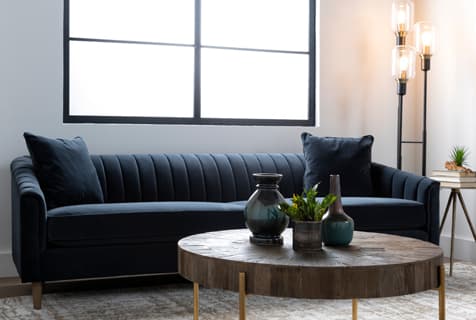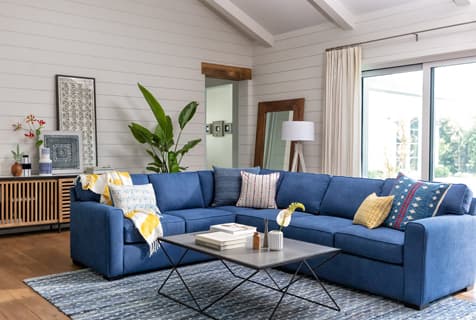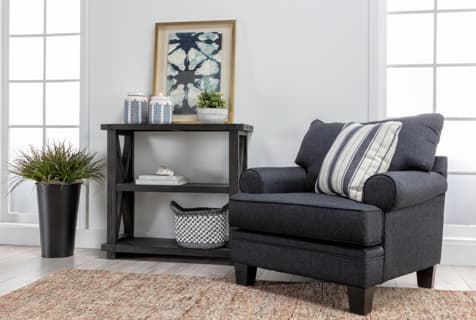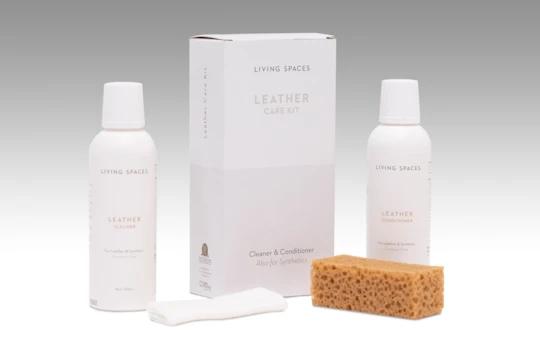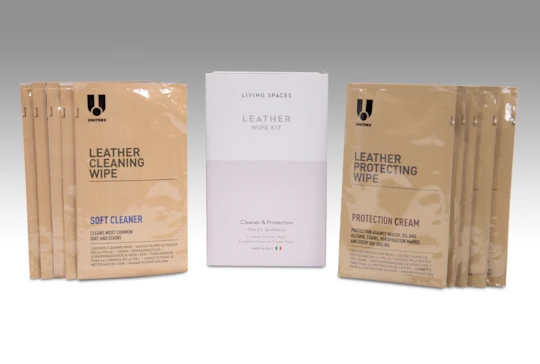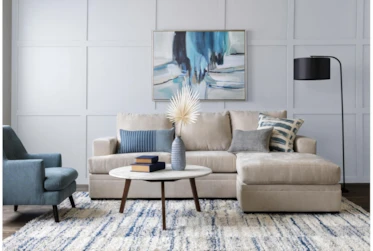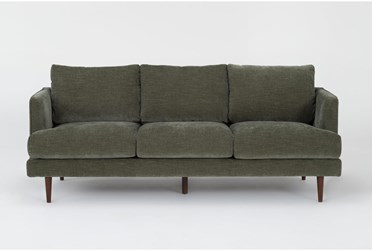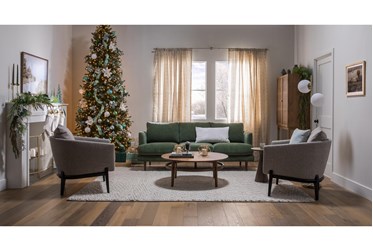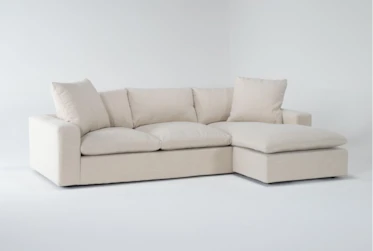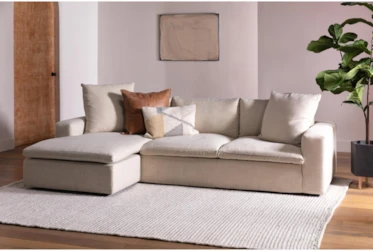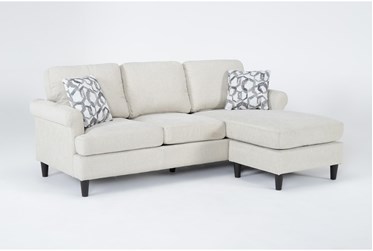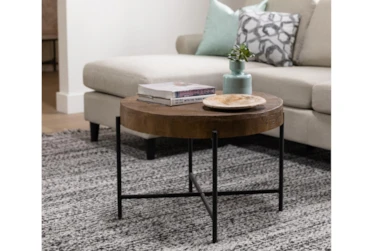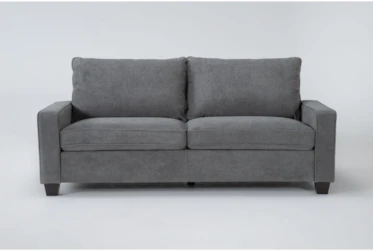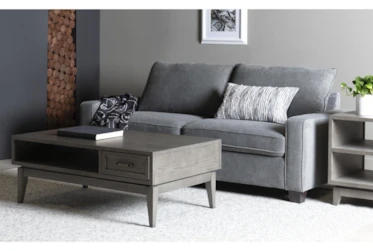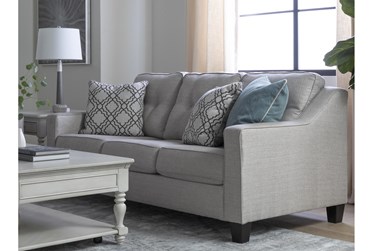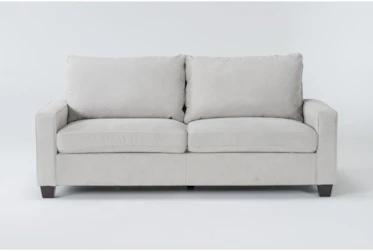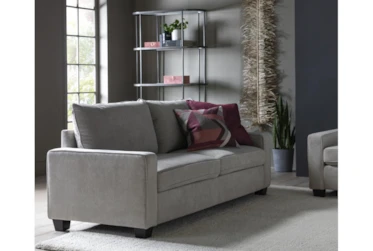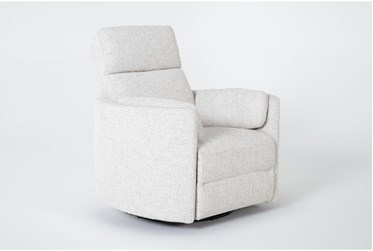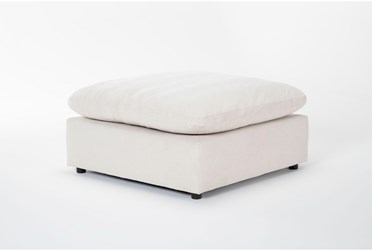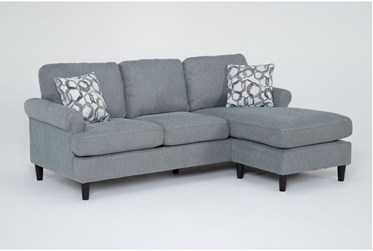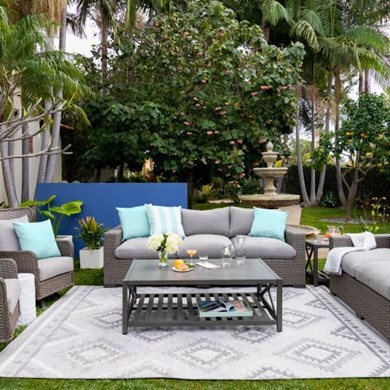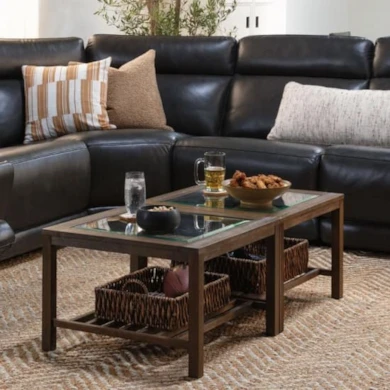
Understanding Upholstery Cleaning Codes and Care Instructions
Whether you’re working with a wood coffee table or leather sofa, regularly cleaning and caring for your furniture pieces will help to keep them in top shape for years to come – but which products are safe to use, and which aren’t? Here a few of the most common cleaning codes and procedures and how to follow them.
Standard Upholstery Codes
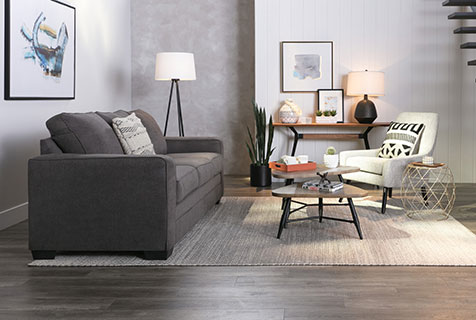
Before cleaning with any type of agent, always check the cleaning tags to make sure you are using the right one for your furniture.
“W”: Use a water-based cleaning agent. This cleaning code is the easiest one to follow, since most upholstery cleaners are water-based. You can also gently wipe down stains with a cloth damp with water and not worry about damage. Purchase a water-based cleaner at your nearest grocery store, or (if safe to do so) consider making your own solution by mixing equal parts water and baking soda.
“S”: Use dry cleaning agents only. If a stain or spill occurs, look for a professional-grade dry cleaning product and avoid cleaning it with anything containing water.
“WS”: Both water-based and dry cleaning agents are safe to use, though we recommend playing it safe and sticking to a professional solvent or dry-cleaning service. If you must use a water-based agent, get to the stain or spill as soon as possible.
“X”: Vacuum only; do not use any sort of cleaning solution, professional or otherwise, or else risk permanent damage.
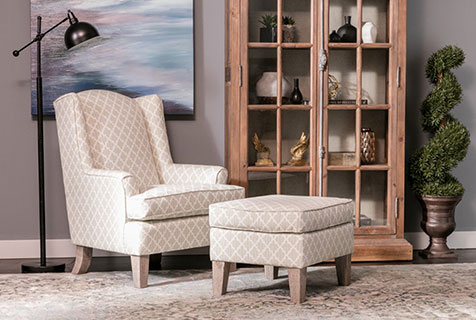
Assembly Instructions
Part of furniture care means ensuring a proper set-up; assembling furniture in haste and/or without following the instructions included with your item could pose a safety risk.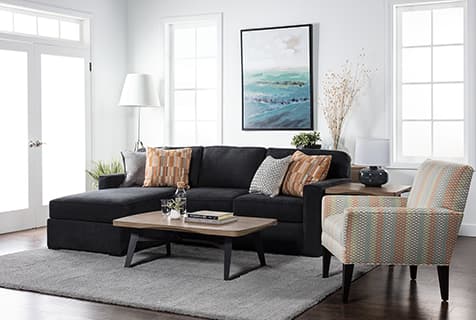
— Common Types of Assembly Chart —
| Product Type | Common Types of Assembly Required* |
| Sofas |
Assemble sofa legs with screws: A screwdriver will be needed to attach all four sofa legs. |
| Beds |
Assemble the headboard, footboard and/or rails: The headboard, footboard and rails will arrive separately, and instructions will be provided for proper attachment. |
| Coffee Tables |
Attach casters: If a coffee table has casters, they will often require assembly. |
*If you think you need help with setting up your items, remember Living Spaces’ Delivery Services. Just select 'Full Service Delivery' at checkout and we'll do all the unboxing/unwrapping/assembling for you!
Care Instructions
One of the most common reasons for early damage and wear-and-tear is the failure of performing the standard furniture care procedures. Vacuum, dust and clean your pieces regularly, and follow your furniture’s care instructions to the letter.
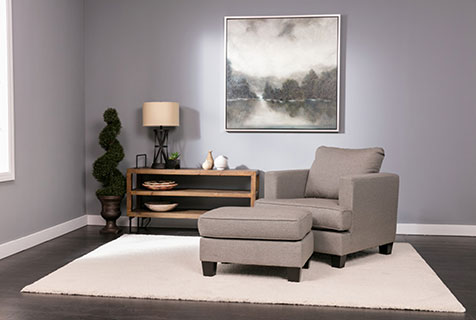
— Common Care Instructions —
| Upholstery Type | Common Care Instructions |
| Fabric |
|
|
High Performance Fabric |
|
| Leather |
|
What Does Bleach Cleanable Mean?
A bleach cleanable fabric means that household bleach can be safely used on it. Most synthetic fabrics are bleach cleanable, though double-checking the cleaning code is advisable, as bleach can destroy non-bleach-cleanable materials. On a bleach-cleanable fabric, most stains can be easily treated; a diluted solution with water makes getting out dirt, grease and other stains a walk in the park.
Even if you follow the manufacturer’s care and cleaning codes to a tee, fading can come on when you least expect it. To help prevent it, you can do one of two things: 1) keep your curtains closed and all sources of natural light blocked off so your home resembles the darkest, innermost depths of Bigfoot’s cave, or 2) invest in fade-resistant upholstery.
And when it comes to fade-resistant upholstery, the long-and-short of it is that synthetic materials take the cake. Compared to 100% cotton or other all-natural fabric types, they hold color saturation longer and stronger – no matter how long the sun’s been shining down on them.
This is due to a couple reasons, the first being that synthetic fibers are dyed with color extractions sourced specifically for their pigmentation and saturation, whereas natural fibers, if undyed, contain less pigmentation and saturation. As a result, once fading commences, natural fibers will lose color at an exponentially higher rate than their synthetic counterparts.
Of course, this all depends on the type of synthetic fiber at play (acetone, in some instances, will actually fade faster than even the most fade-susceptible of natural materials), but in general, it is an industry standard that the type of synthetic that goes into a sofa’s design is chosen for its more-or-less fade-resistant properties.
There are, however, different levels of fade resistance; for top-notch color insurance, your best bet is to go with a sofa whose product description somewhere specifically states “fade resistant.” (The “fade resistant” attribute means that the sofa’s fabric has been treated with a solution designed to prevent fading from daily use and sunlight).
Need a Cleaning Care Kit?
Leather care kit includes: 8 oz cleaner, 8 oz conditioner, sponge & cotton cloth. The leather care kit is designed to clean, hydrate and maintain your leather & synthetic leather. All products are gentle and designed to prevent cracking and maintain leather’s softness and suppleness.
Leather wipe kit includes: 5 cleaner wipes and 5 protection cream single use wipes. This kit is easy and convenient to use, as there is no measuring or sponges involved – just wipe and relax. Use this for leather and synthetic leather (such as vinyl and polyurethane).
Featured Products
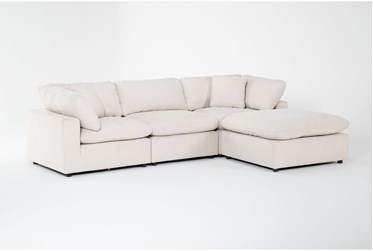

Zone Cream White Fabric 4 Piece Modular L-Shaped Sectional with 2 Corners, 1 Armless Chair & Ottoman
$1,295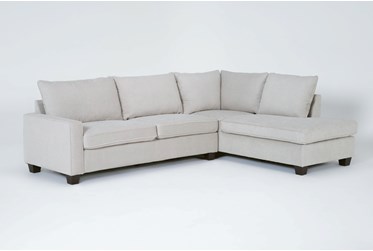
Reid Buff Beige Fabric 109" 2 Piece L-Shaped Sectional with Right Arm Facing Corner Chaise
$895— Get Shopping Help —
Related Categories
Read the Latest
Editorial Disclaimer: Articles featuring tips and advice are intended for educational purposes and only as general recommendations. Always practice personal discretion when using and caring for furniture, decor and related items.
